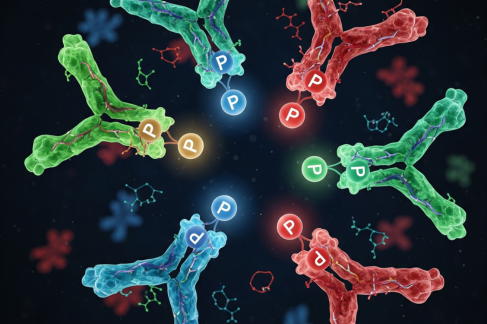Artificial intelligence, or AI, is one of the biggest changes in technology today. It means computers or machines that can think, learn, and make decisions like people. AI uses data to find patterns, predict outcomes, and solve problems faster than humans can. You already use AI every day — on your phone, in your car, and online. This article explains how AI works, where it’s used, and how to stay safe while using it.
What Is Artificial Intelligence?
Artificial intelligence helps computers do smart tasks. It lets systems read, see, and talk in ways that make sense. For example, AI can help voice assistants understand what you say or let apps translate text in seconds. It’s not magic — it’s all about data, training, and logic. The goal is simple: make machines that can help people work faster and smarter.
How AI Is Used in Everyday Life
AI is part of your day, even if you don’t see it. It helps your phone unlock with your face. It helps banks find fake payments. It shows what you might want to watch next on video apps. Hospitals use it to study X-rays and detect early signs of illness. Some apps even use instanavigation technology powered by AI to offer quick map routes or social searches. AI is no longer just in labs — it’s in everything from homes to schools.
How Artificial Intelligence Works
AI runs on three main parts: data, models, and computer power.
- Data gives the machine the facts it needs to learn.
- Models help the machine make sense of that data.
- Computer power lets it run those models quickly.
When all three work together, AI can spot patterns, predict trends, and create new ideas. The more good data it gets, the better it performs.
AI in Action Across Industries
| Industry | Example Use |
| Health | Detects diseases from scans |
| Finance | Catches fake transactions |
| Retail | Suggests what customers may buy |
| Transport | Plans better driving routes |
AI touches every part of modern life. It’s used to make decisions, save time, and improve safety. But with this power comes a need for balance and care.
Why AI Needs Rules and Fair Use
AI can make mistakes. It may show bias if trained with unfair data. That means it could favor one group over another. To fix this, developers test and review AI systems often. Governments also set laws to keep AI transparent and fair. Users must remember that AI doesn’t “feel” or “know” things — it only follows patterns. When people use it wisely, AI becomes a safe and useful partner in daily work.
Staying Safe When Using AI Tools
AI tools often need access to your data to work well. That’s why it’s important to think before you share.
- Always check who made the tool before using it.
- Read the privacy policy and limit what information you give.
Smart habits make you safer online. It’s okay to use new tools, but safety should always come first.
AI in Social Media
Social media platforms run on AI. They use it to show posts, suggest accounts, and filter harmful content. AI makes feeds more personal and quick to load. For example, some users turn to Instagram Story Viewer tools powered by AI to view stories easily or manage content. It’s important to use trusted platforms that keep user data private. AI makes social apps smarter, but your privacy must still come first.
What Most Articles Miss About AI
Many online pages only talk about how AI looks or what’s trending. They skip the part about responsibility and user awareness. AI is not just about cool tools — it’s about how it fits into real life. This article focuses on balance: AI can help us save time, but we must stay careful about what data we share and how it’s used.
Learning and Growing With AI
You don’t need to be a tech expert to use AI. Start with simple things — maybe a free writing assistant or an image creator. Watch how it reacts to your input. Keep personal data out of it. Over time, you’ll learn what works and what doesn’t. Step by step, you’ll see that AI is not hard to use — it just takes a bit of curiosity and care.
The Future of Artificial Intelligence
AI will keep getting smarter. AI in Business will use it to plan better. Schools will use it to help students learn faster. Cities will use it to manage roads and energy. But no matter how strong AI becomes, people will still be in charge. The future is about teamwork — humans bringing empathy and ideas, and AI bringing speed and data.
Conclusion
Artificial intelligence is changing how we live, work, and think. It helps in health care, finance, shopping, and even social media. But it also needs rules, testing, and human care. Used wisely, AI saves time, reduces mistakes, and makes life easier. It’s not something to fear — it’s something to understand and handle smartly. AI is the future, but it’s a future that still needs a human touch.








